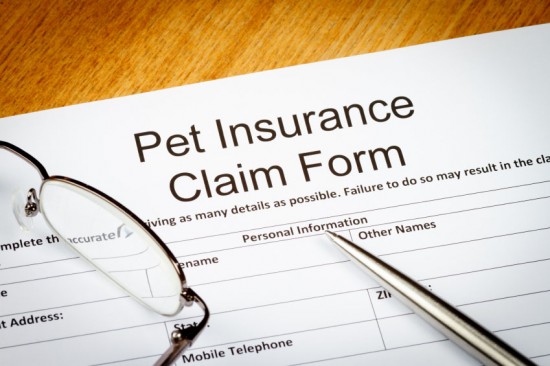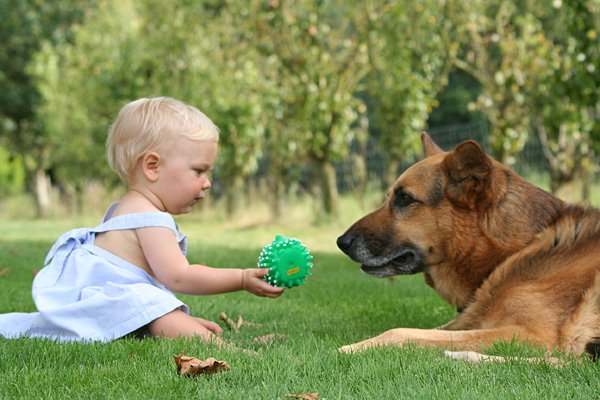
The 2008 Hurricane Season started on June 1st and will continue until November 30th. Forecasters predict that 13-16 named storms will develop this season with as many as 9 of those storms reaching hurricane strength. The likelihood of a major hurricane making landfall along the U.S. coastline is 69%. This forecast is a reminder that owners and their pets may be forced to evacuate on short notice.
Yet studies on disaster evacuation show that only 40% of pet owners are prepared to evacuate their pets with the rest of the family. The remaining 60% evacuate without their pets and then risk their own lives by returning home prematurely to rescue their animals. Simple foresight and planning can protect both pet owners and their four-legged companions.
To prepare your pets for a hurricane:
Make certain that vaccinations are current. Keep a collar with identification on your pet and have a leash on hand to control your pet. Assemble a portable Pet Safety Kit and carry a second kit in your car. Have a properly sized pet carrier for each o pet. The carriers should be large enough for your pet to stand in and turn around. Affix pet rescue window stickers on prominent windows. If a disaster strikes when you're not home, this sticker will alert rescue workers that pets are inside. If you and your pets evacuate (and time permits) write "Evacuated" across the decal. Plan an evacuation strategy for your family and your pet. Specialized pet shelters, animal control shelters, veterinary clinics and friends and relatives out of harm's way are potential safe havens for your pet during a disaster. If you plan to shelter your pet, work it into your evacuation route planning.
Animals brought to a pet shelter are required to have:
Proper identification collar and rabies tag. Proper identification on all belongings. Carrier or cage. Leash. Ample supply of food, water and food bowls. All necessary medications. Specific care instructions. Newspapers and paper bags for clean up. Pet shelters fill up on a first come first served basis so call ahead to determine availability.
After the disaster: Walk pets on a leash until they become re-oriented to their home. Familiar scents and landmarks may be altered and pets can easily become confused and lost. Downed power lines, reptiles brought in with high water and debris can all pose threats for animals after a disaster. If pets cannot be found, contract the local animal control office to find out where lost animals can be recovered. Bring along a picture of your pet. After a disaster, animals can become aggressive or defensive so monitor their behavior.
Julie A. Calligaro is probate and estate planning attorney and author of How to Safeguard Your Pet in an Emergency and at Your Disability or Death and Arranging Your Financial And Legal Affairs. http://www.SafeguardMyDog.com
For a free checklist of the steps that protect your pets during an emergency and at your disability or death and a Pet Care Card to carry if you are injured or hospitalized, visit http://www.safeguardmydog.com/Nutshell.pdf
 Three Tips For Defusing The Threat Of An Aggressive Dog Safely
Three Tips For De
Three Tips For Defusing The Threat Of An Aggressive Dog Safely
Three Tips For De
 Pet Insurance : The Technicalities
Pet Insurance : T
Pet Insurance : The Technicalities
Pet Insurance : T
 Get Chicken Runs to keep your chickens clean and away from predators
Get Chicken Runs to keep your chickens clean and away from
Get Chicken Runs to keep your chickens clean and away from predators
Get Chicken Runs to keep your chickens clean and away from
 Macaw Parrots
Having a Macaw Parrot
Lambeau Let me introduce you to
Macaw Parrots
Having a Macaw Parrot
Lambeau Let me introduce you to
 Caring For Lined Seahorses (hippocampus Erectus)
Caring For Lined
Caring For Lined Seahorses (hippocampus Erectus)
Caring For Lined
Copyright © 2005-2016 Pet Information All Rights Reserved
Contact us: www162date@outlook.com